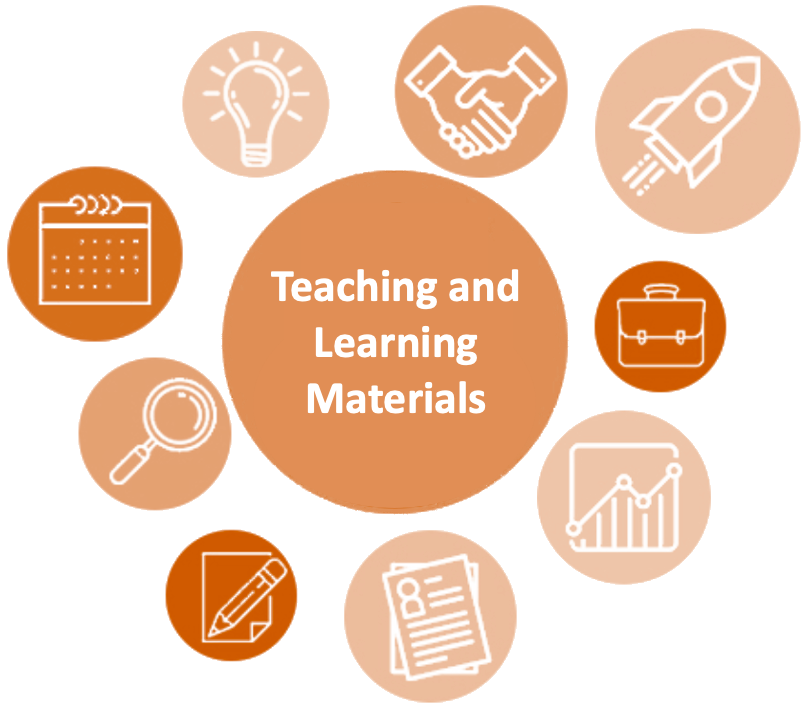Introduction to teaching and learning materials
Instructional Materials or Teaching and Learning Materials are resources that a teacher may use in teaching and learning situations to help achieve desired learning objectives and to facilitate the teaching and learning process. Broadly, the term refers to a spectrum of educational materials that teachers use in the classroom to achieve specific learning objectives. These include the lectures, readings, textbooks, multimedia components, and other resources.
The best instructional materials are aligned with all other elements in the course, including the learning objectives, assessments, and activities. Ideally, the teaching and learning materials will be tailored to the content in which they are being used, to the learners in whose class they are being used, and the teacher.

Instructional materials can be classified by type; including audio, visual and audio-visual resources.
Audio media
These are teaching and learning materials that appeal to the auditory sense. For example: podcasts, telephones, radios, records and record players, storytelling, etc.
Visual media
These are materials that appeal to the sense of sight (eyes). For example: images, real objects, charts, flip charts, chalk boards and whiteboard, projected aids, etc.
Audio-visual media
These are teaching and learning materials that have the capacity to appeal to both auditory and sight senses. For example: television, educational videos, etc.
5.1 Concept of instructional materials Purpose of teaching and learning materials
